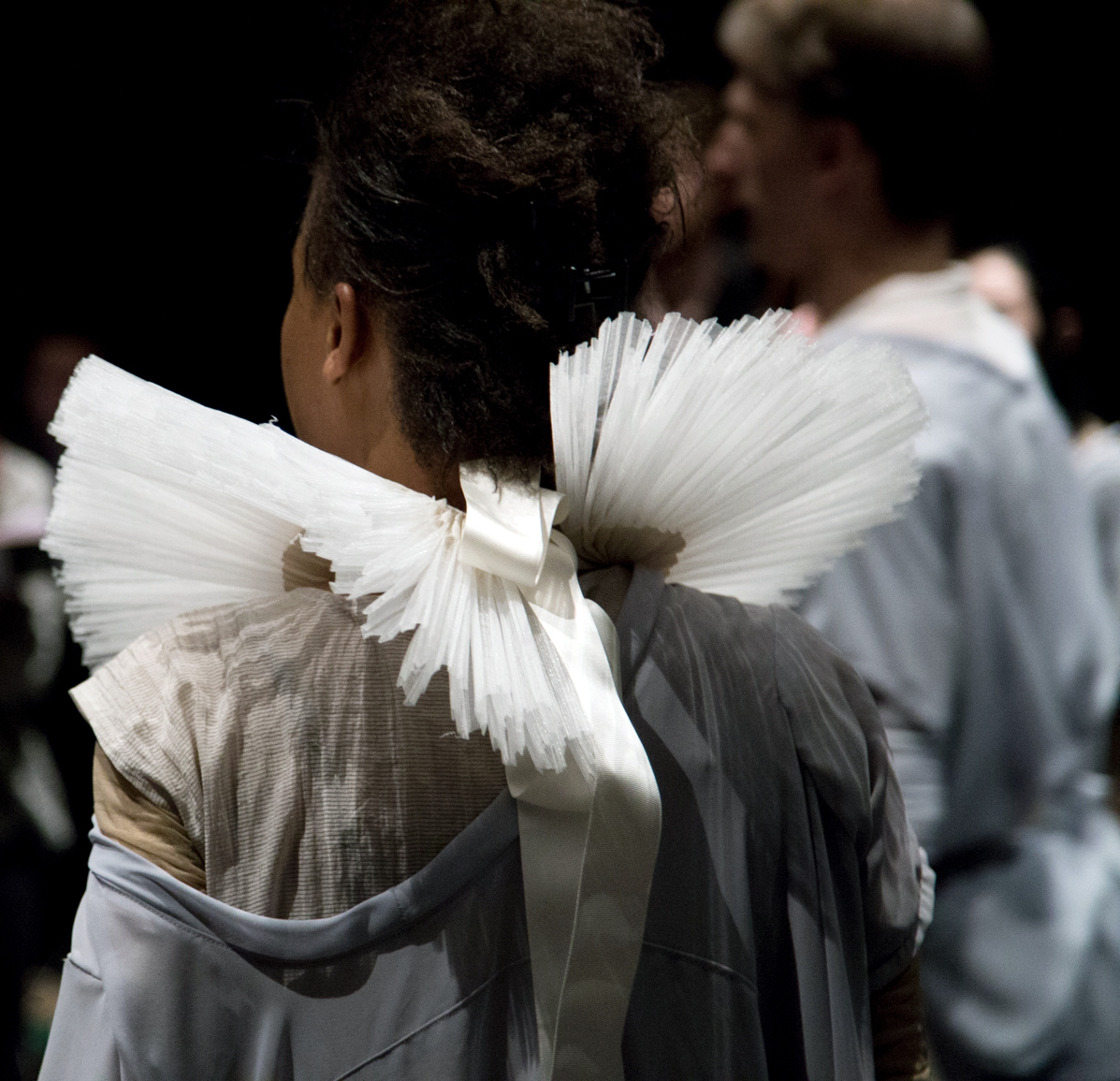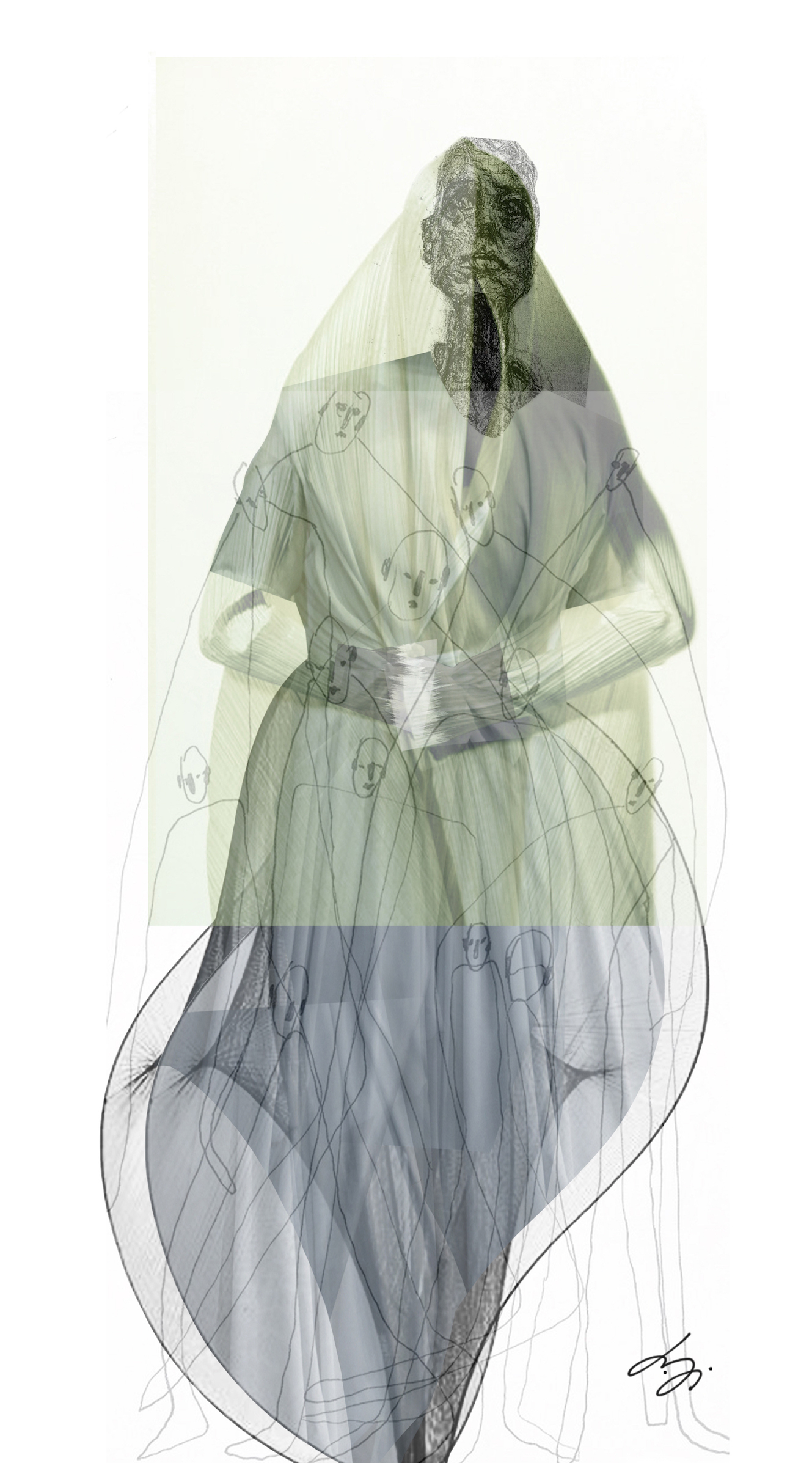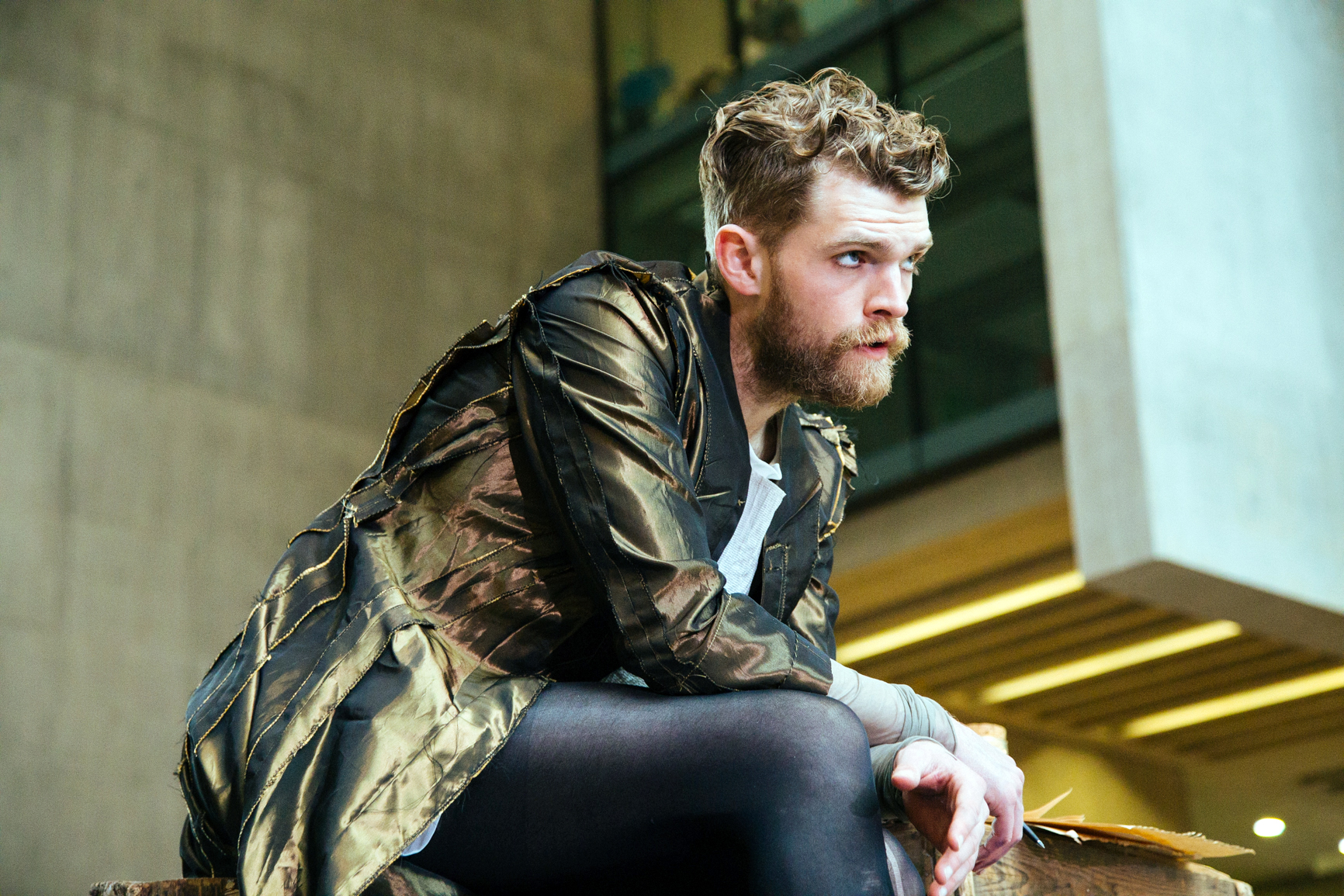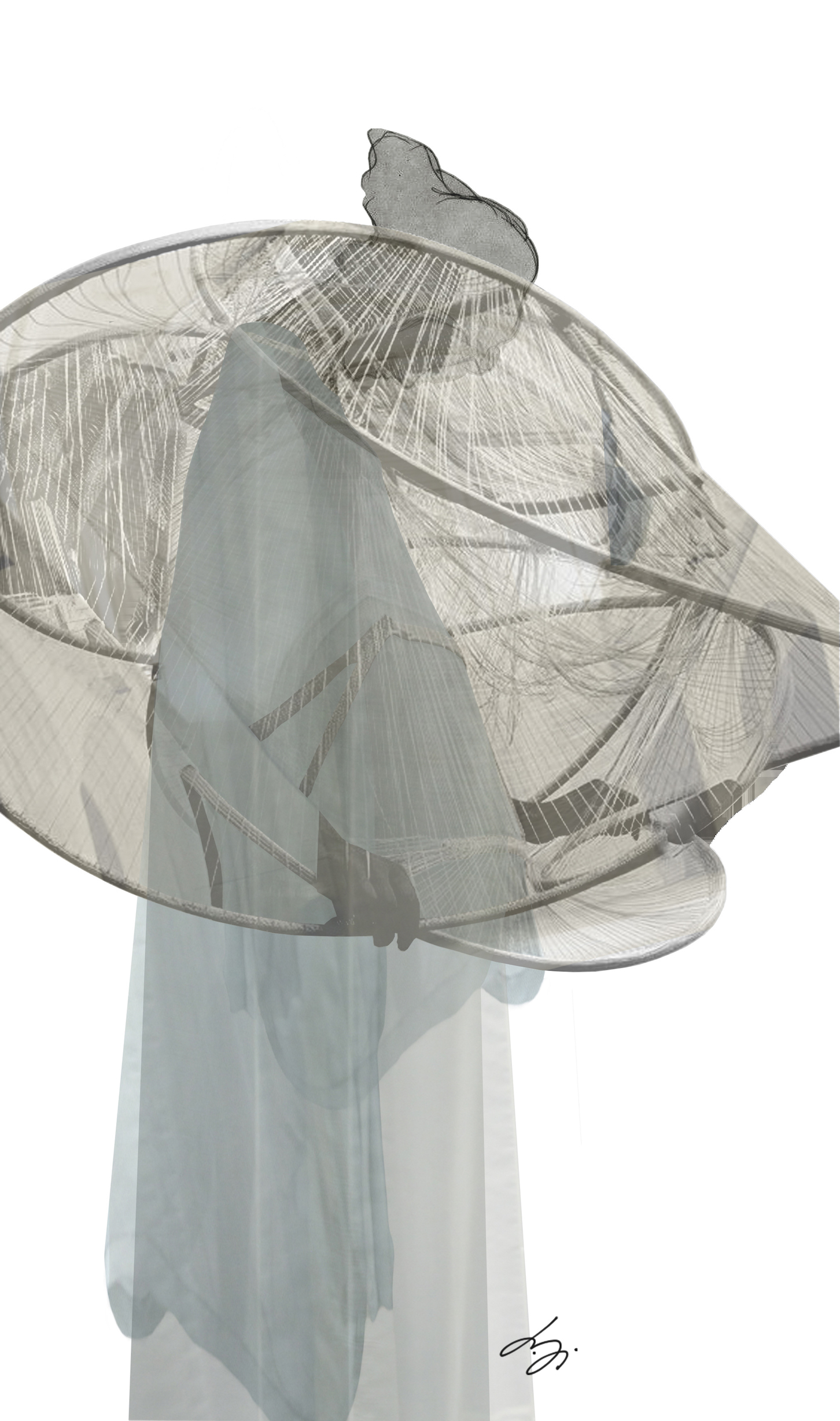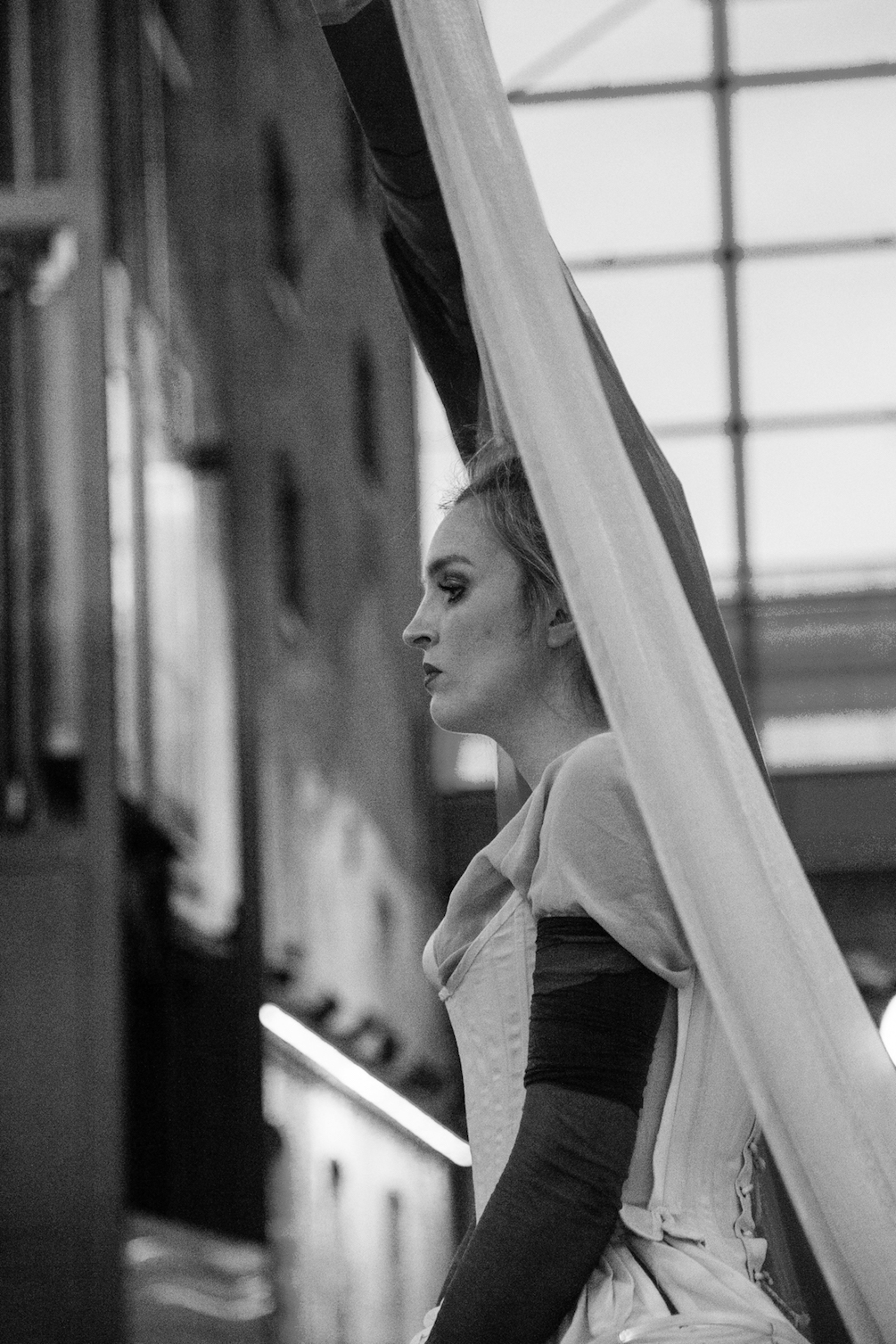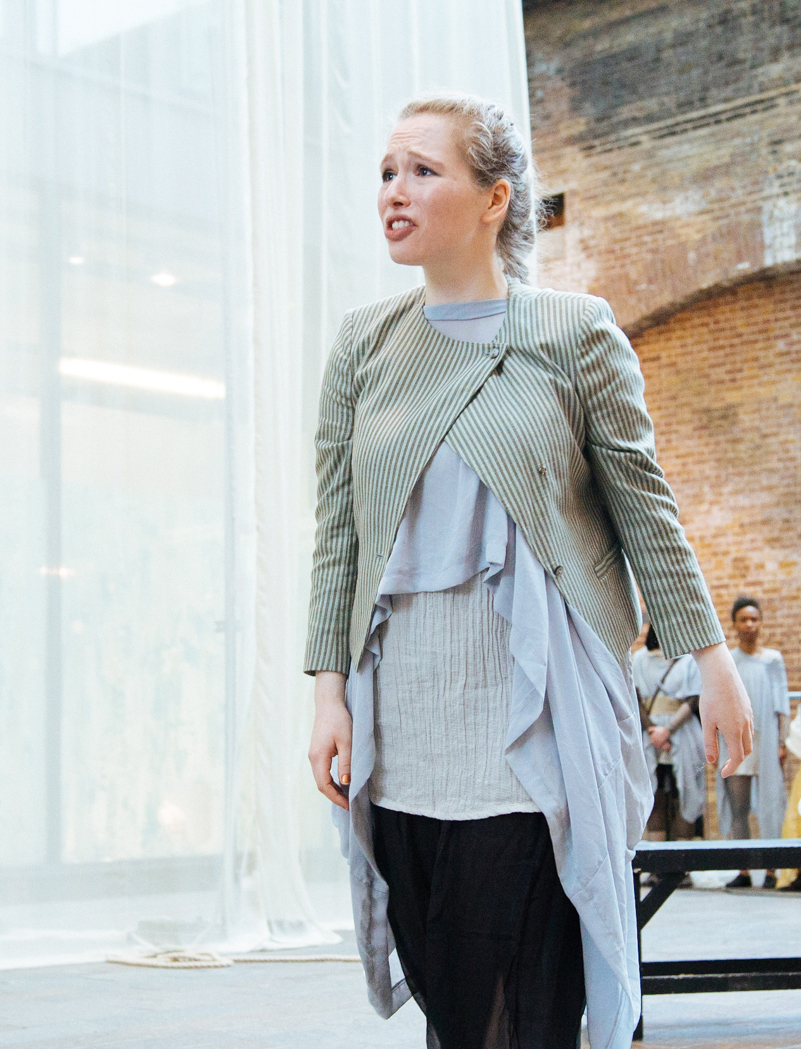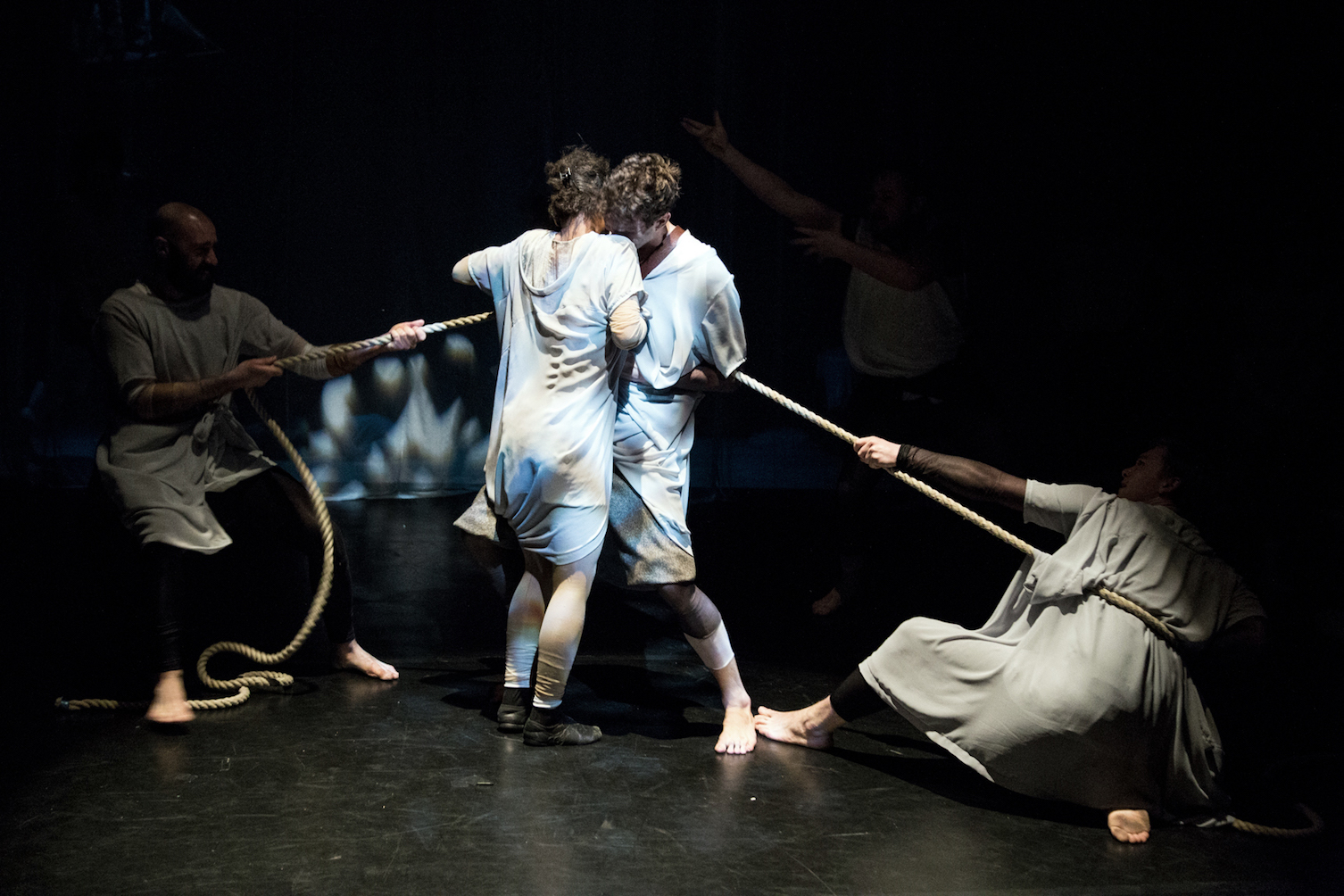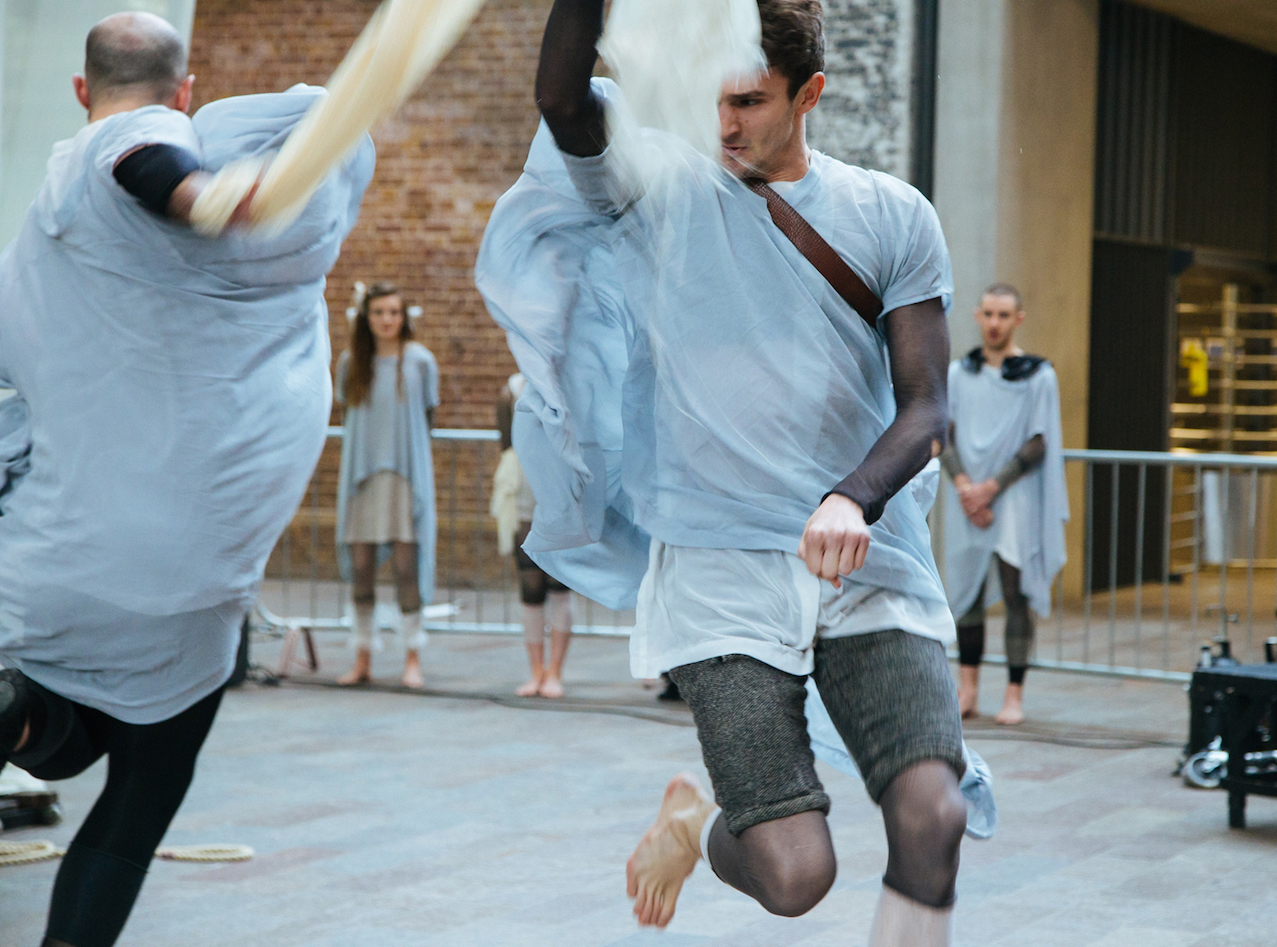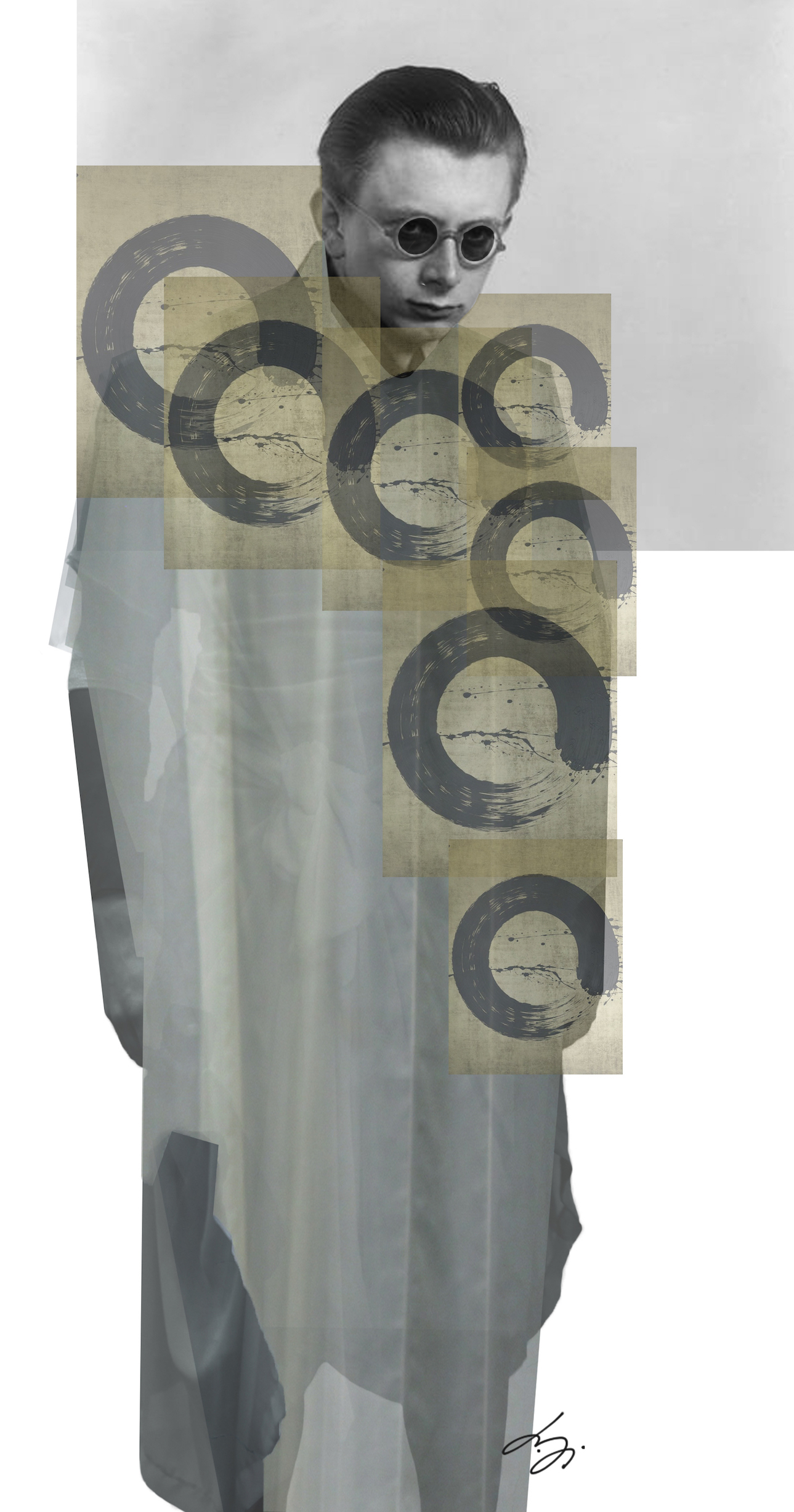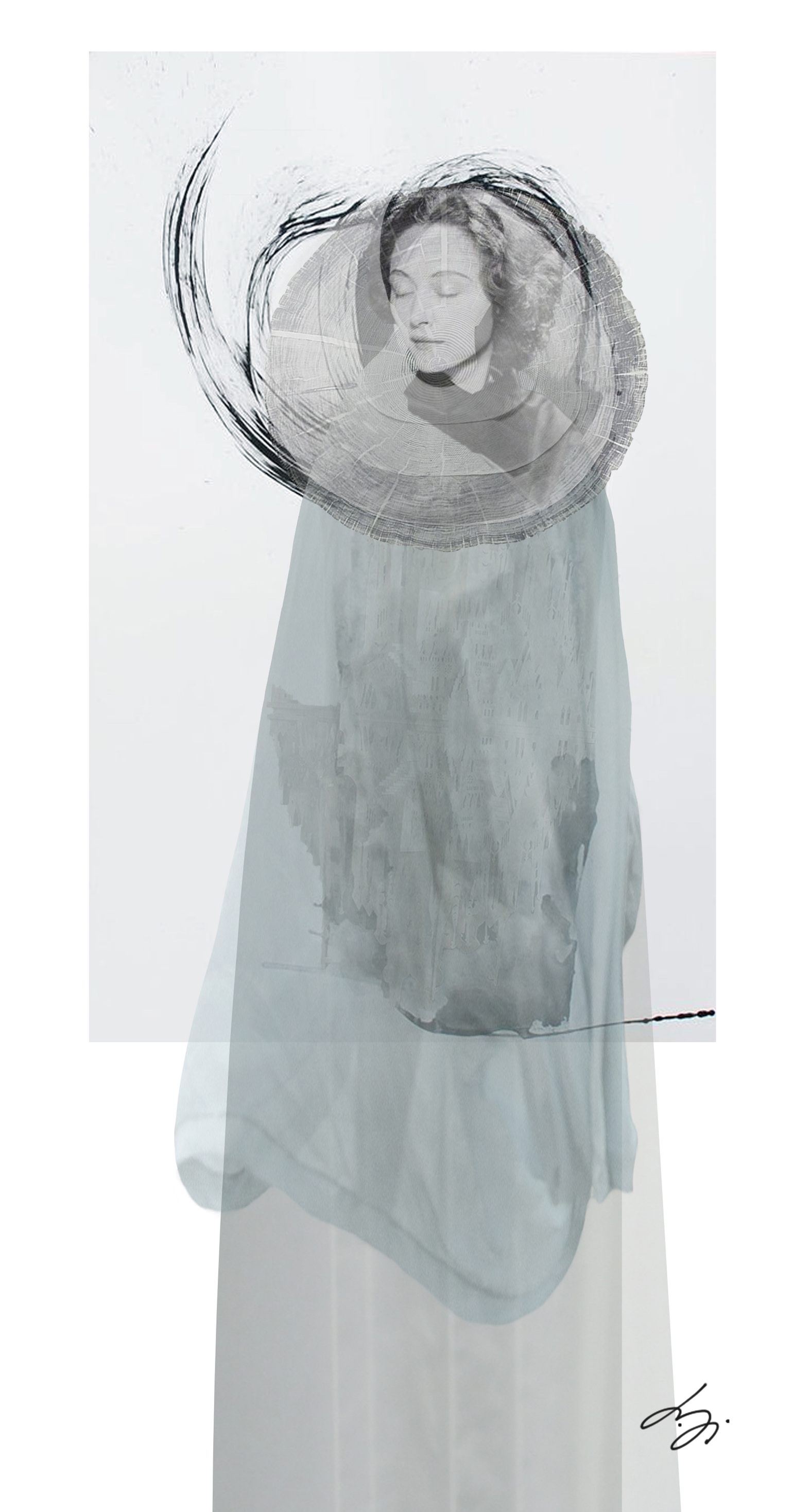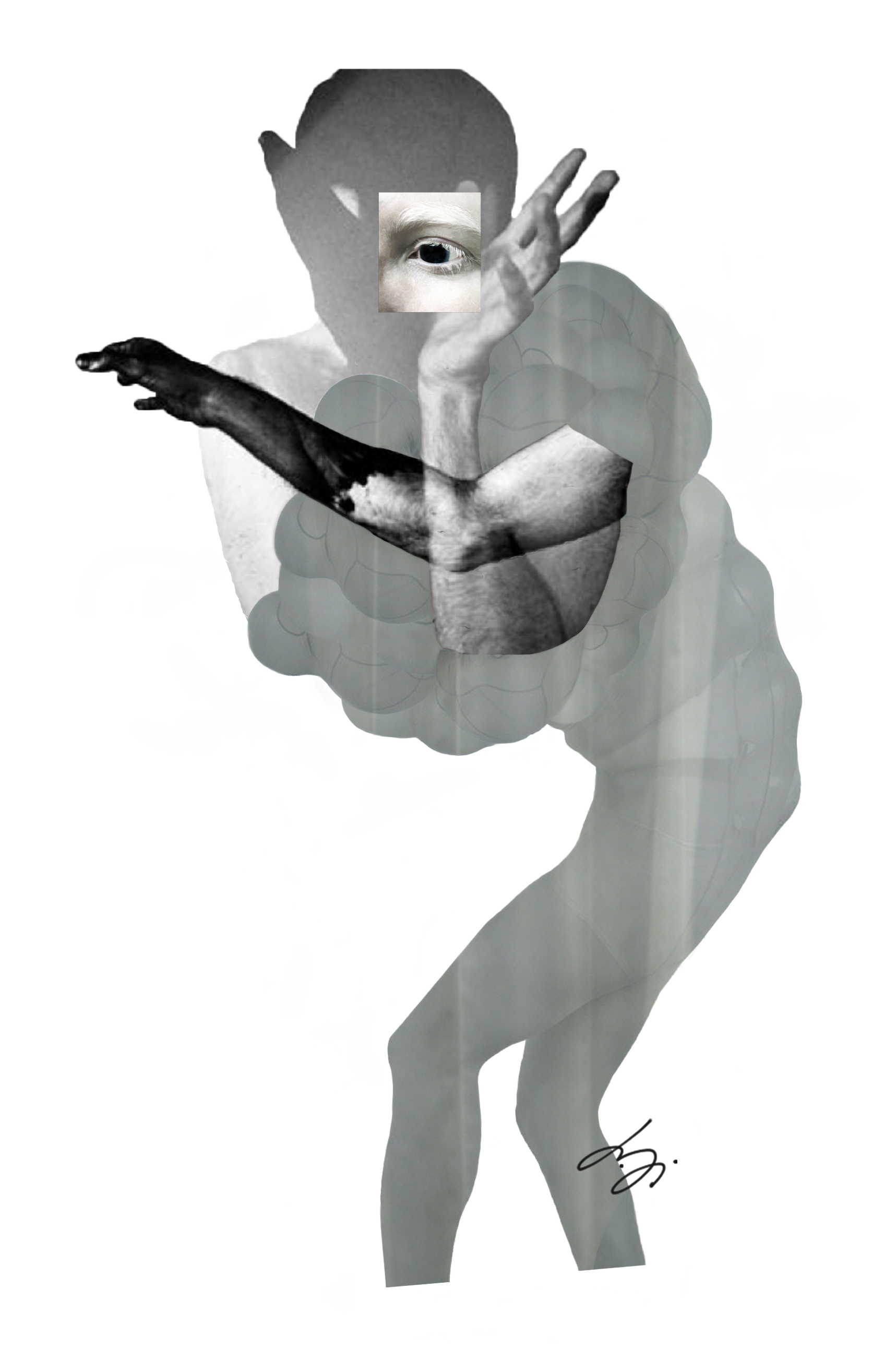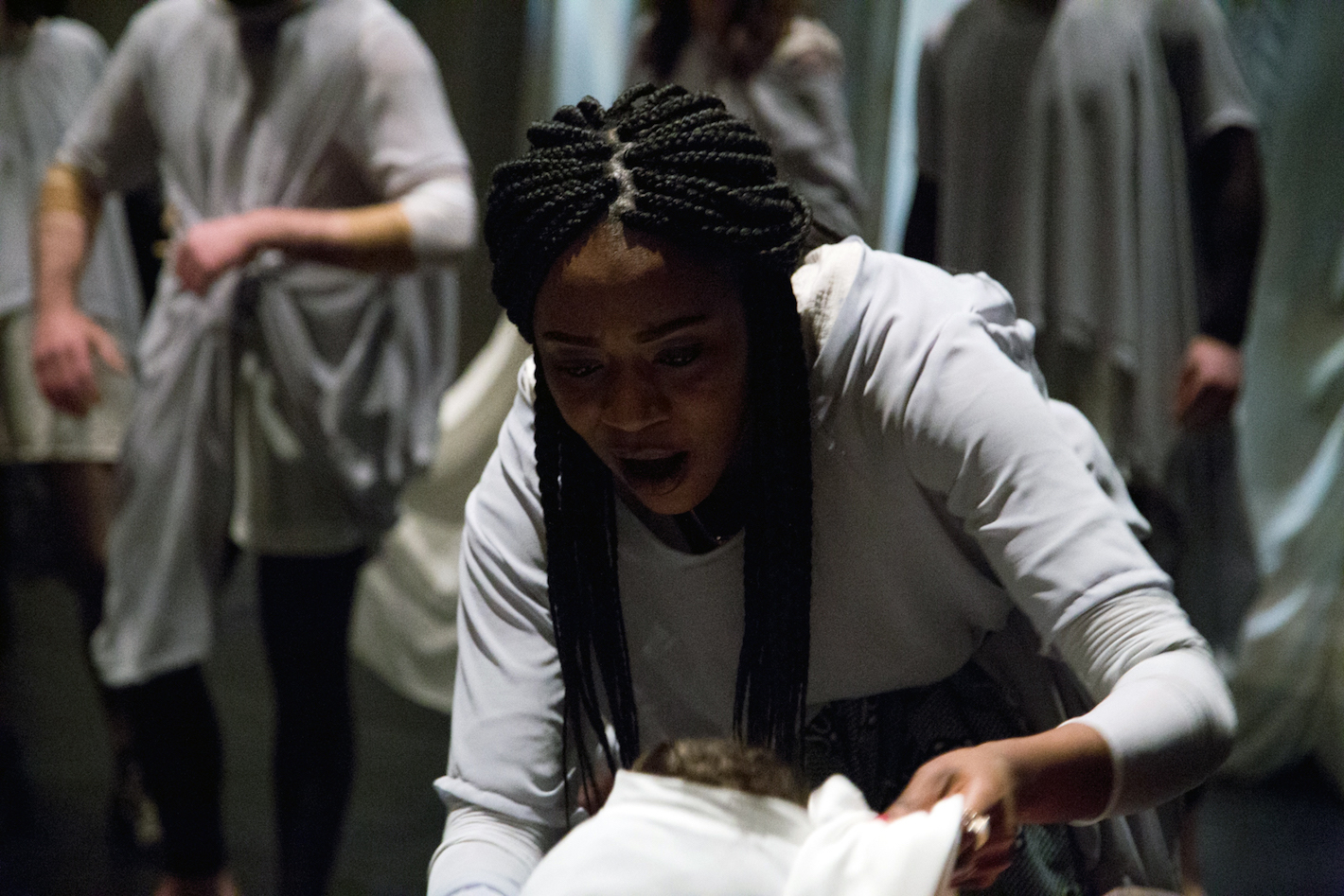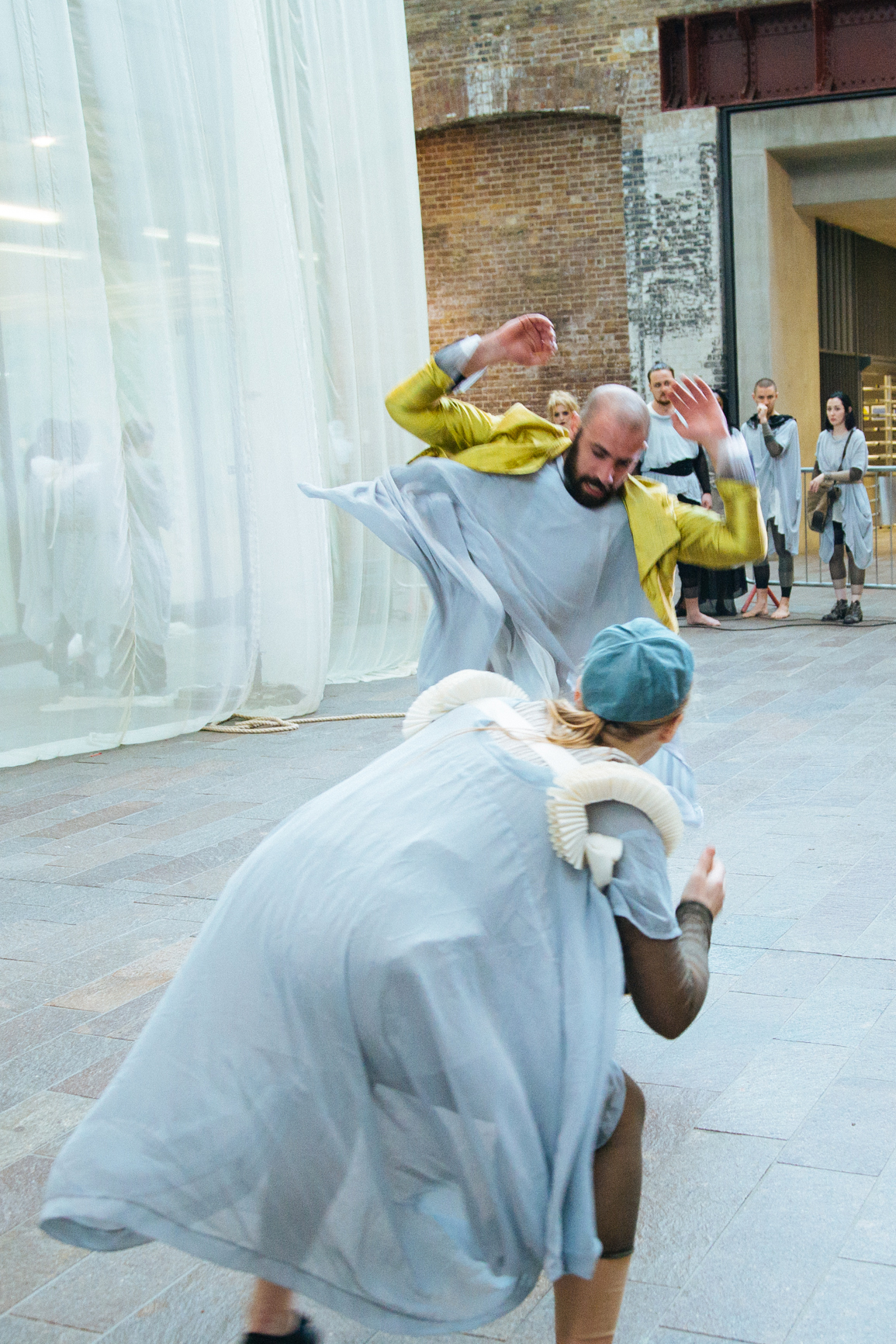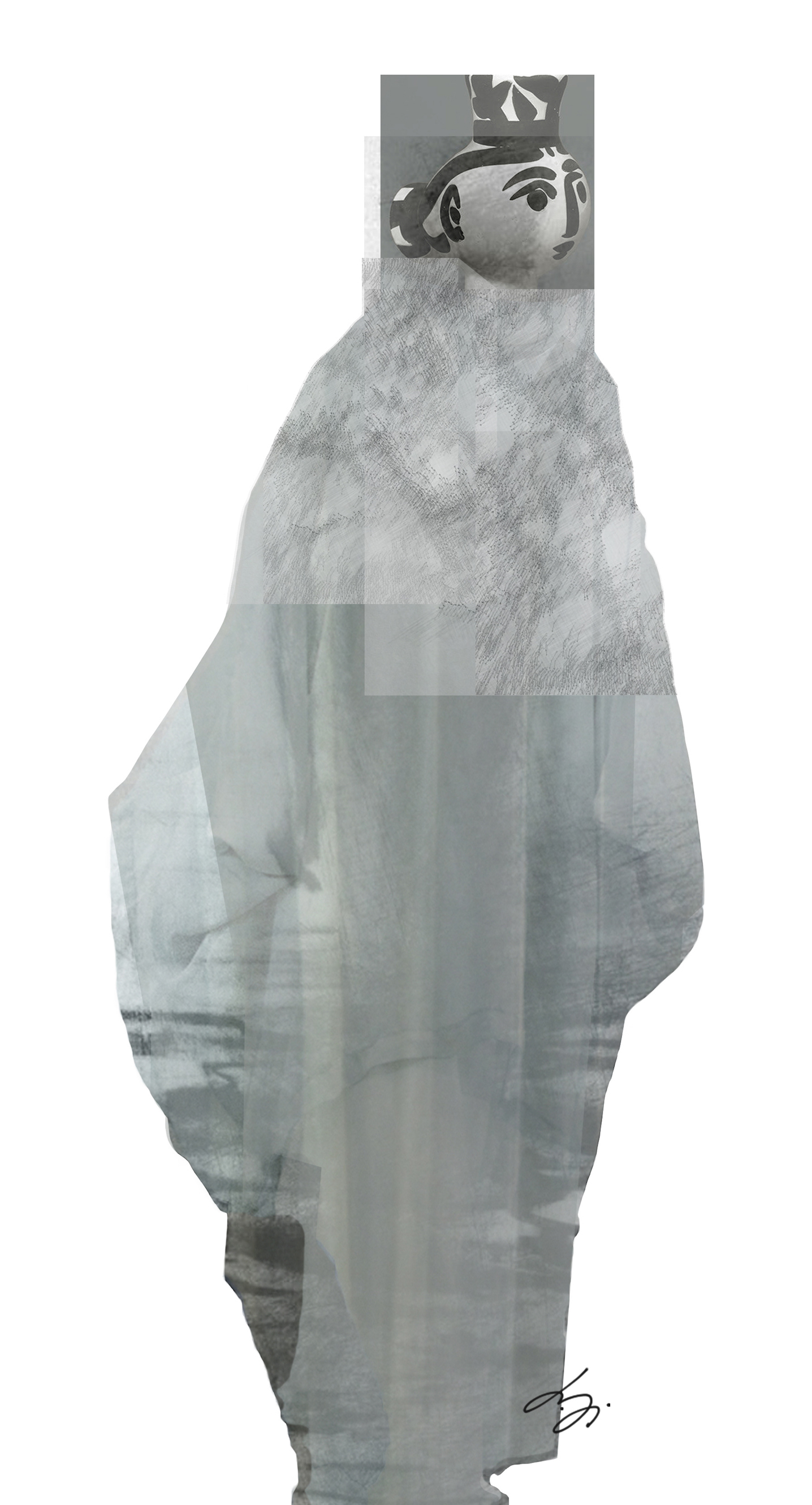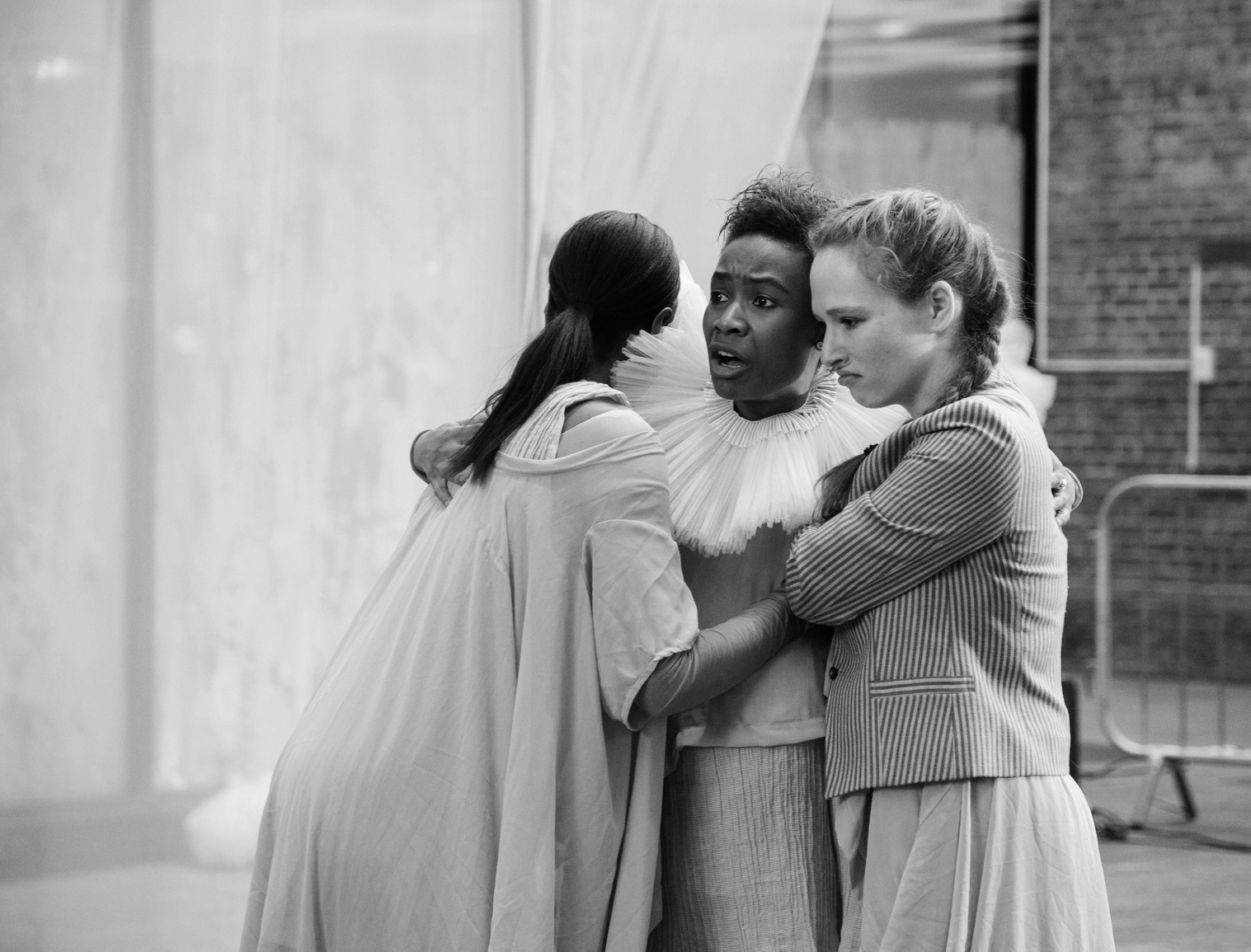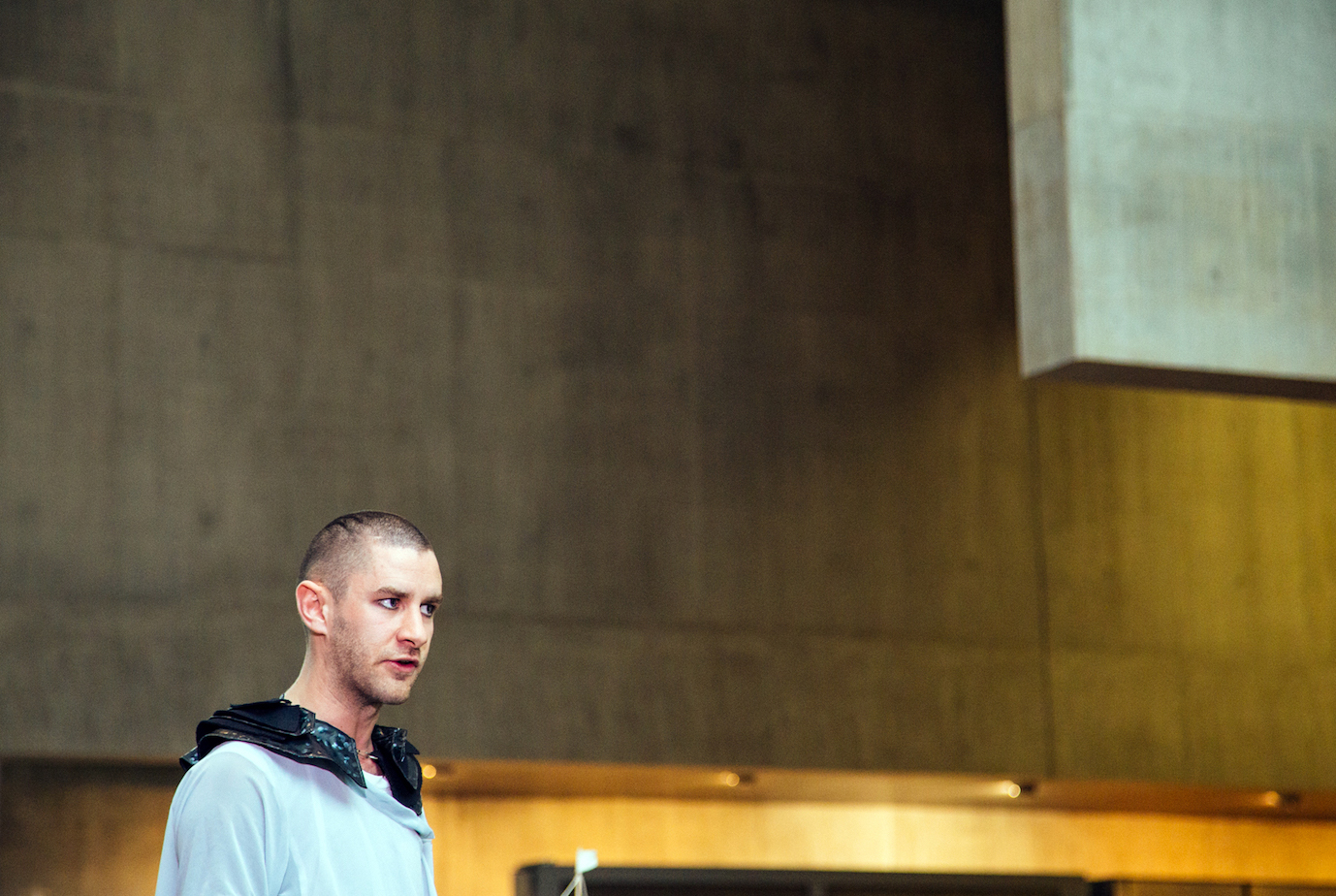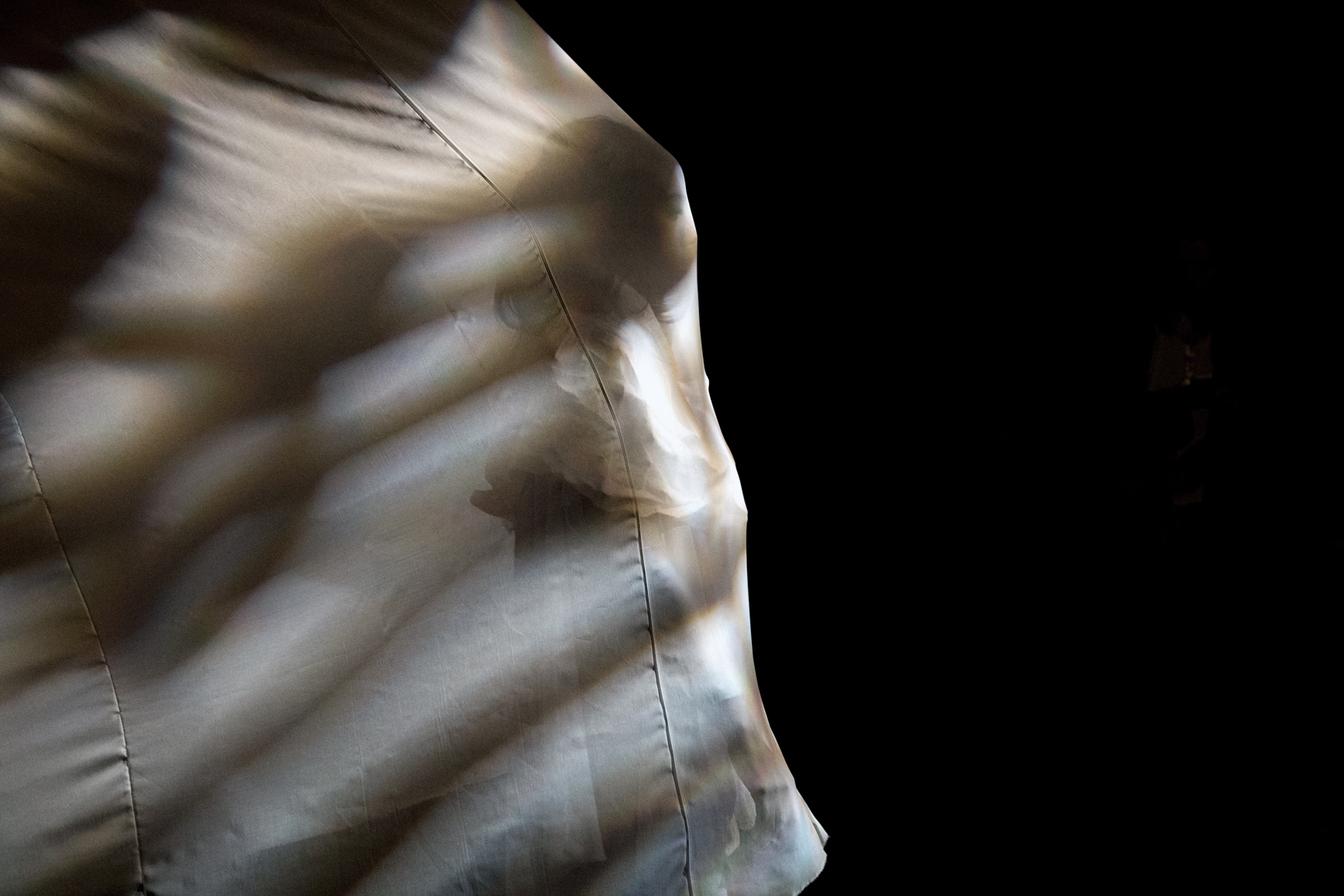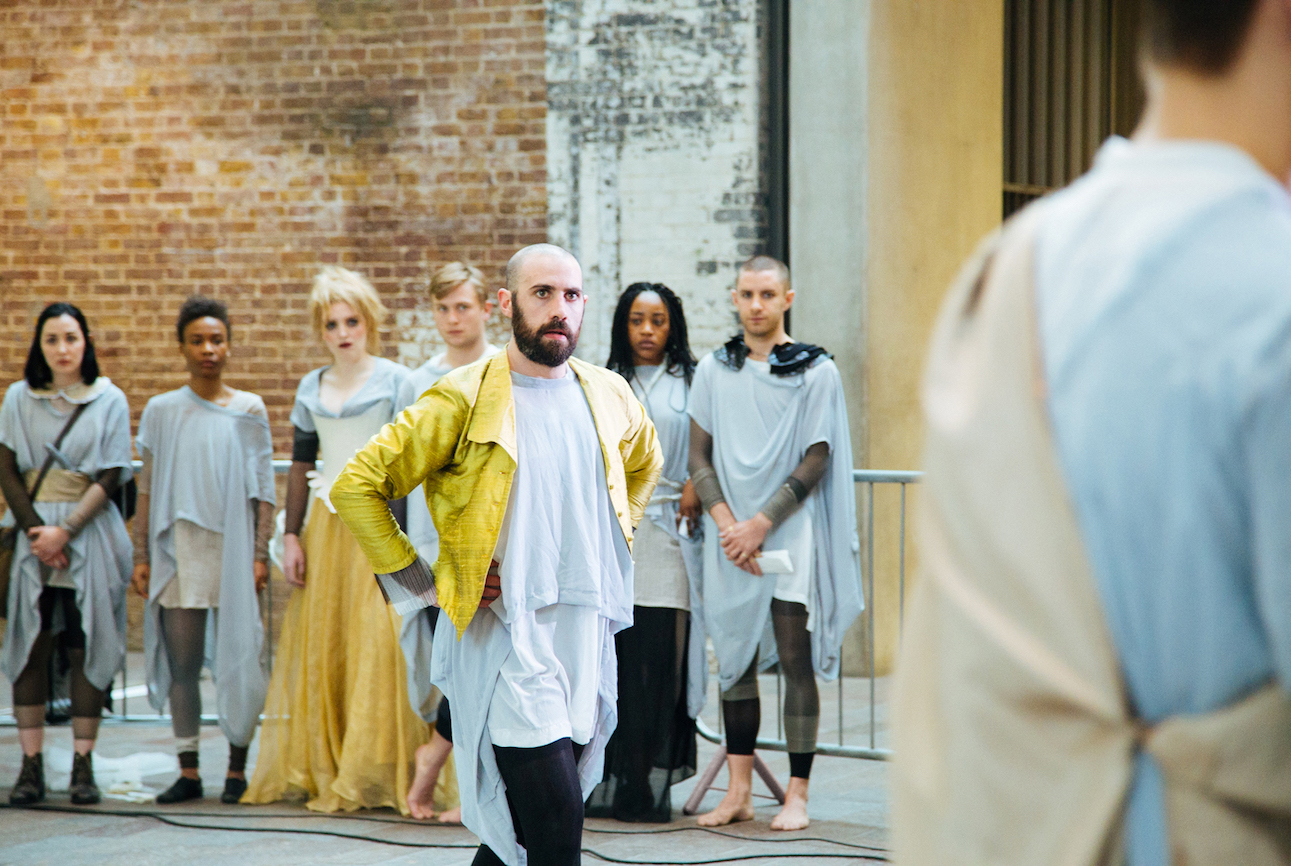Stagings of Brave New World at The Studio Theatre and The Crossing at Central Saint Martins photographed by Pearlie Frisch and selected costume collages
Costume collages (left to right) of Cerimon, Cloten, Iachimo, Imogen, Pericles, Prospero and Mamilius
Actors in a selection of costumes at the Boris Shchukin Theatre institute, Moscow
Framed costume as part of the exhibition Perspectives & Context
Visual research on variations of the Elizabethan Ruff, various designers and artists, and base layer experimentation
Brave New WorlD
Scenes from Shakespeare's Late Plays
This staging of a selection of scenes from Shakespeare’s late romances was carried out in concert with director Paul Goodwin, choreographer Liana Nyquist, set designer Sonia Birman, costume designer Laura Albeck, and 20 graduates of the MA Acting at Drama Centre London, The amalgamation, put together by Paul Goodwin, consisted of segments from Pericles, Prince of Tyre; Cymbeline; Winter's Tale; and The Tempest. The play was mounted at three different locations: The Studio Theatre, the Gasholder Park at Kings Cross and finally at The Boris Shchukin Theatre Institute in Moscow. The condensed performance was staged in a promenade format attempting to create the confined worlds of the four texts, and via tempo-spatial developments invite audience members to follow the plot physically rather than from a fixed vantage point.
The early research into the project was founded on the ‘shared’ knowledge of Elizabethan period designs, for example the ornamental ruffs and grandiose collars. We have an approximate ’idea of the past’ based on visual representations and collective memories, and examining the concepts of this set of representations was a focal point of the initial costume designs for this project. This led to considering the more general problem of representation, which then pointed towards the theories of Walter Benjamin and Jean Baudrillard, focusing especially on how the viewing of any object is based on an assumed truthful correspondence between reality and signifier. Consequently, the costumes’ ‘outer layer’ only consists of a few pieces, recognizable without being derivative, that reference these classical Shakespearian components.
The 30+ costumes are also based on a shared ‘base layer’, which constitutes a chiffon outer layer and a varying number of stockings in earthy shades. The stockings can be stretched, twisted and folded, and this provided a large visual palette from combining them. Using the base layer was also a solution that made it possible to enhance the distinguishing characteristics of each character without predetermined class, gender or group associations.
